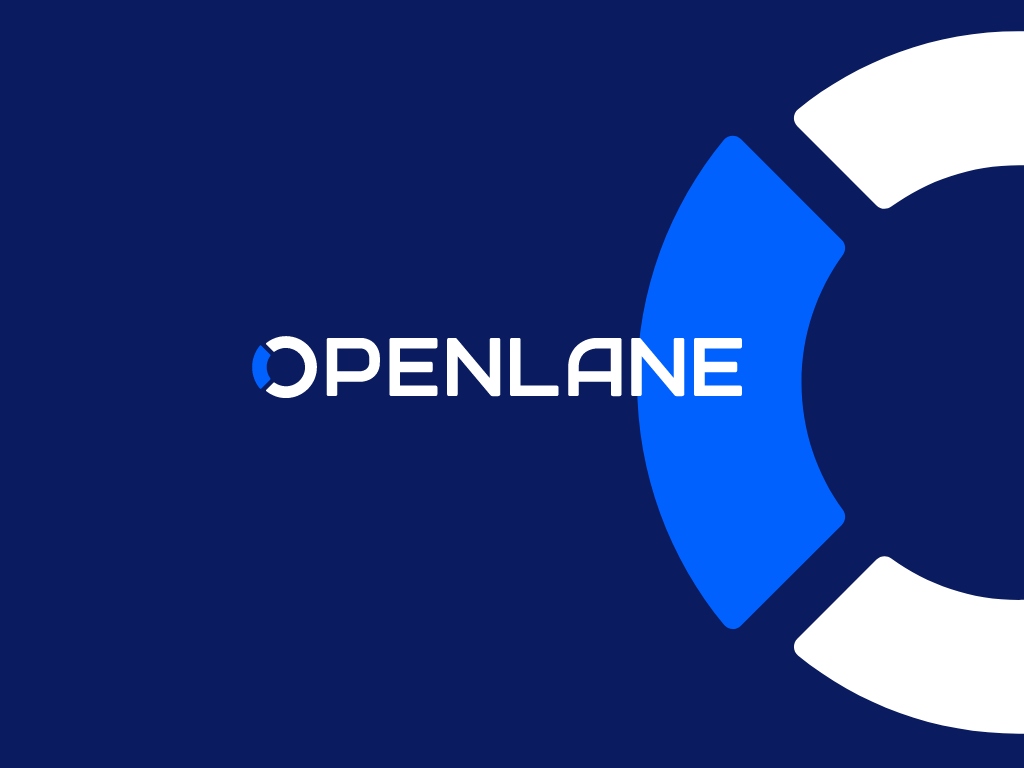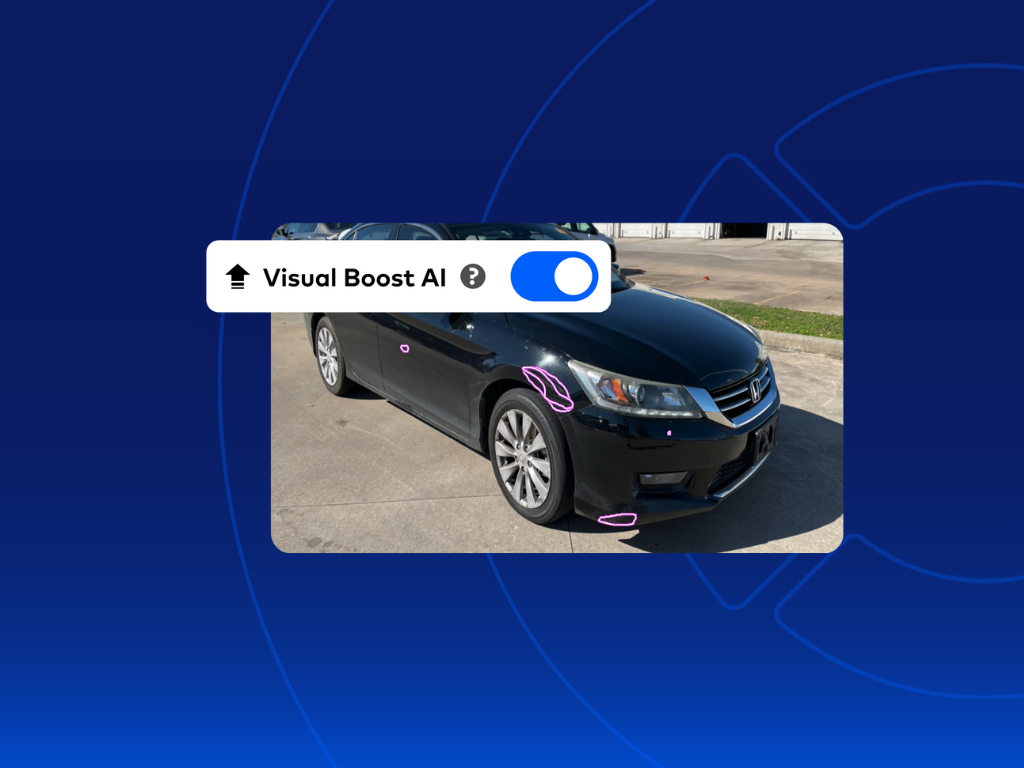Autosphere: Out of the Box
Unconventional thinking is helping dealers find the right cars for their customers despite intense competition in the used car market.
Looking back over the last 18 months, dealers have faced a lot of challenges. First it was having retail activities curbed and modified due to the onset of COVID-19, followed by growing inventory shortages of new vehicles, due to temporary plant shutdowns and semiconductor chip shortages. Throw in the growing demand for vehicles among consumers due to more wanting private vehicles and fewer willing to take public transit, and the result has been huge pressure on the used vehicle market. On both sides of the border, dealers are simply struggling to get cars, and when they do, they often end up paying a premium for them.
So how do you effectively navigate such an environment, ensuring that you’re not only able to source the right vehicles for your customers, but that you’re also able to retail them profitably while at the same time building customer relationships for the future in a more stabilized marketplace?
Wider net
James Tani, Executive Vice President, Dealer Sales at KAR Global notes that given the current market situation of tight inventory, dealers really need to think outside the box. “One of the great things about the digital evolution,” he explains, “is how it really shrinks the world and removes geographic boundaries.” As a result, dealers are able to cast a far wider net when it comes to finding the right vehicle, at the right price, as well as obtaining accurate condition reports. Additionally, advances in logistics mean that it’s easier and more efficient than ever to have that vehicle quickly sitting on your lot and ready for an eager buyer.
Given how hot the used vehicle market currently is, cars and trucks that dealers are able to source often quickly get
snapped up by customers. That said, even in a hot market, it does pay to tread carefully.
Tani says it’s extremely important, during times like these, to really understand the dynamics of your local market and the pricing of the vehicles you’re looking to source. He notes that tools like ADESA’s Market Guide, provide both national and local post-sale results, as well as market guide averages. This means dealers can quickly determine current market values, making the decision process to buy cars faster and easier. “When you’re buying, it’s also important to know your upper limits,” says Tani. “Stick to them and don’t get caught up in the heat of the moment.”
View the full article on page 12 of the October issue of Autosphere here.



